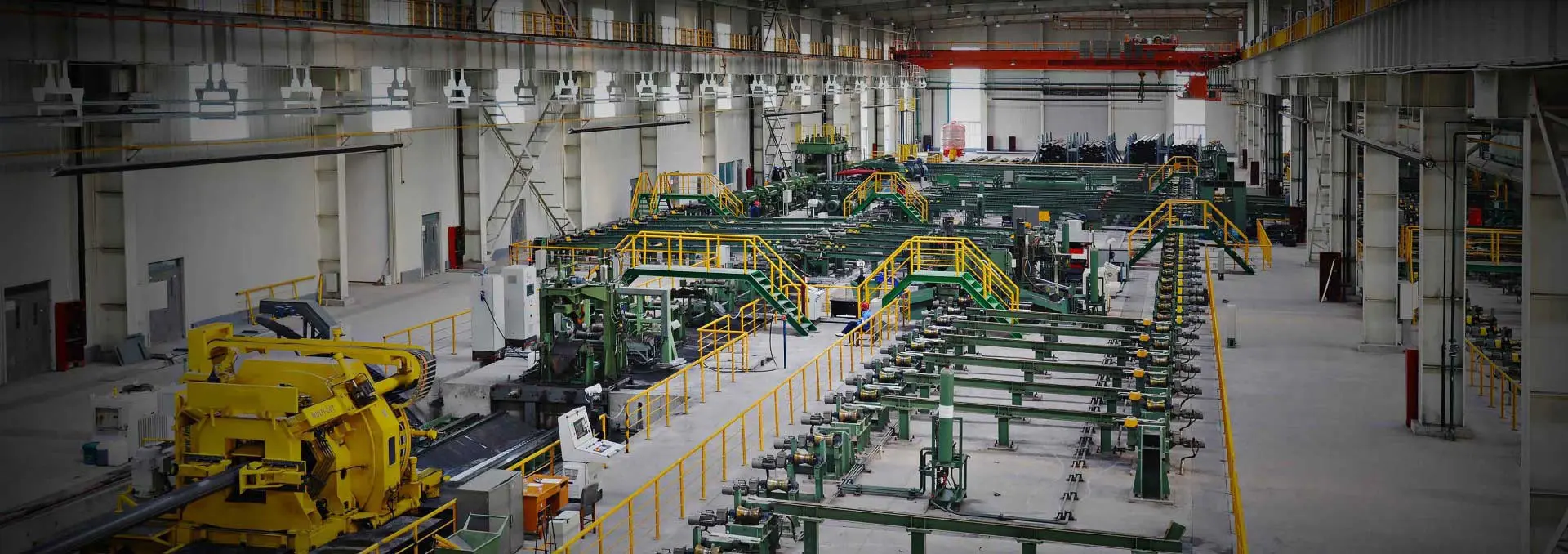In the global steel pipe industry, standard systems from different regions directly shape design, production, and application practices. Among them, the European EN 10210 standard and China’s GB/T series standards (such as GB/T 8162, GB/T 8163, GB/T 6728, etc.) are the two most widely recognized frameworks.
EN 10210, developed by the European Committee for Standardization (CEN), regulates hot-rolled seamless and welded structural steel tubes, emphasizing high strength, impact toughness, and low-temperature performance. It is frequently adopted in international engineering and high-end construction projects.
In contrast, the Chinese GB/T standards cover a broader range—not only structural steel pipes but also fluid transport and cold-formed steel—making them well-suited to diverse domestic industrial needs with strong cost efficiency and adaptability.
Below is a detailed comparison between EN 10210 and GB/T standards from six key aspects.
1. Standard System and Application Scope
EN 10210 (Europe):
Formulated by CEN and applied across the EU, EN 10210-1:2006 defines the technical delivery conditions for hot-formed structural hollow sections made from non-alloy and fine-grained steels. It supports both structural load-bearing and fluid transport applications, making it highly suitable for construction, machinery, and engineering sectors.
GB/T Standards (China):
Issued by the Standardization Administration of China, these include:
GB/T 8162: Seamless steel pipes for mechanical structures and general engineering applications.
GB/T 8163: Seamless steel pipes for fluid transport (e.g., water, oil, steam under medium and low pressure).
2. Manufacturing Methods
EN 10210:
Allows both seamless and welded pipe production. Specific technical requirements for welded products are clearly defined within the standard.
Chinese GB/T Standards:
Separate standards exist for seamless and welded pipes.
GB/T 8162: Structural seamless steel pipes.
GB/T 9711: Oil and gas pipeline steel pipes, covering both seamless and welded types.
3. Dimensional Tolerances
EN 10210:
Outer diameter deviation: ±1.0% (minimum ±0.50 mm)
Ovality (D/S ≤ 100): 2%
Straightness: ≤0.2% L (L = length of pipe)
GB/T 8162:
Hot-rolled (expanded) tubes:
Outer diameter < 50 mm → ±0.50 mm (standard) / ±0.40 mm (high-grade)
Outer diameter ≥ 50 mm → ±1.0% (standard) / ±0.75% (high-grade)
Cold-drawn (rolled) tubes: Tolerances vary by size and are generally stricter than EN 10210 for small diameters.
4. Material and Chemical Composition
EN 10210:
Covers non-alloy and fine-grained steels such as S235JRH and S355J0H, focusing on low-temperature toughness and weldability.
GB/T Standards:
Typical grades include Q235, 20#, and Q345, with clear chemical composition limits and mechanical property requirements specified in GB/T 8162-2018. The standard is independently defined from GB/T 1591, ensuring precision in grade and carbon equivalence control.
5. Mechanical Properties
EN 10210 Example:
S355JOH: Yield strength ≥ 355 MPa (S ≤ 16 mm), elongation ≥ 22% (S ≤ 40 mm).
GB/T Example:
20# Steel: Yield strength ≥ 245 MPa (S ≤ 16 mm), elongation > 20%.
Q345A: Yield strength ≥ 325 MPa (S ≤ 16 mm), tensile strength ≥ 490 MPa, elongation ≥ 21%.
EN 10210 generally specifies higher strength and impact performance requirements, reflecting its use in demanding structural environments.
6. Heat Treatment Requirements
EN 10210:
Pipes are typically normalized or tempered to improve microstructure, mechanical strength, and corrosion resistance.
GB/T Standards:
Heat treatment varies by steel grade and application. Some grades require annealing, quenching, or tempering depending on performance needs, offering flexibility for customized industrial use.
Conclusion
The differences between EN 10210 and GB/T standards—including chemical composition, mechanical performance, dimensional tolerances, and heat treatment—reflect regional manufacturing capabilities, resource conditions, and engineering philosophies.
For manufacturers, exporters, and engineering firms, understanding these differences is vital to:
Ensure product compliance in international trade.
Prevent quality disputes and project delays.
Optimize cost, safety, and performance in global applications.
In today’s interconnected market, mastering both European and Chinese steel pipe standards is essential for achieving technical alignment, trade efficiency, and long-term competitiveness in cross-border engineering projects.
Read more: EN 10220 seamless and welded steel pipes

 English
English Español
Español




 Tel : +86-18565811709
Tel : +86-18565811709 Email :
Email : 
 News
News




